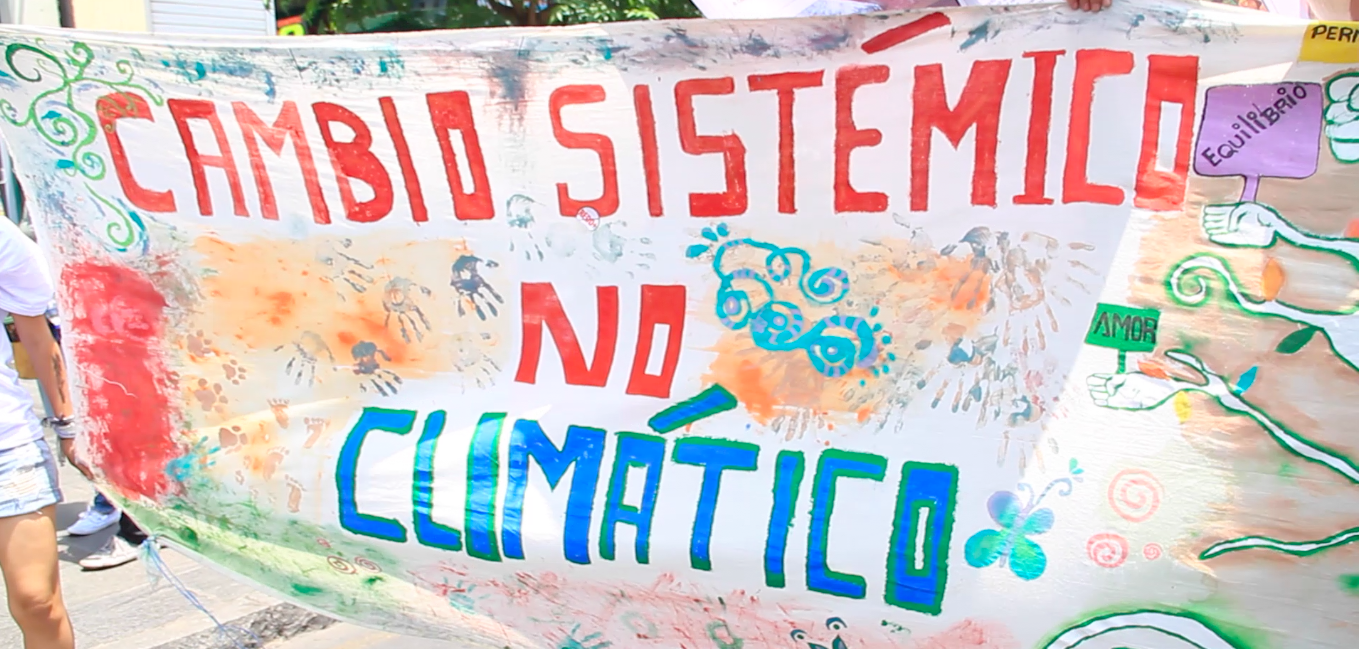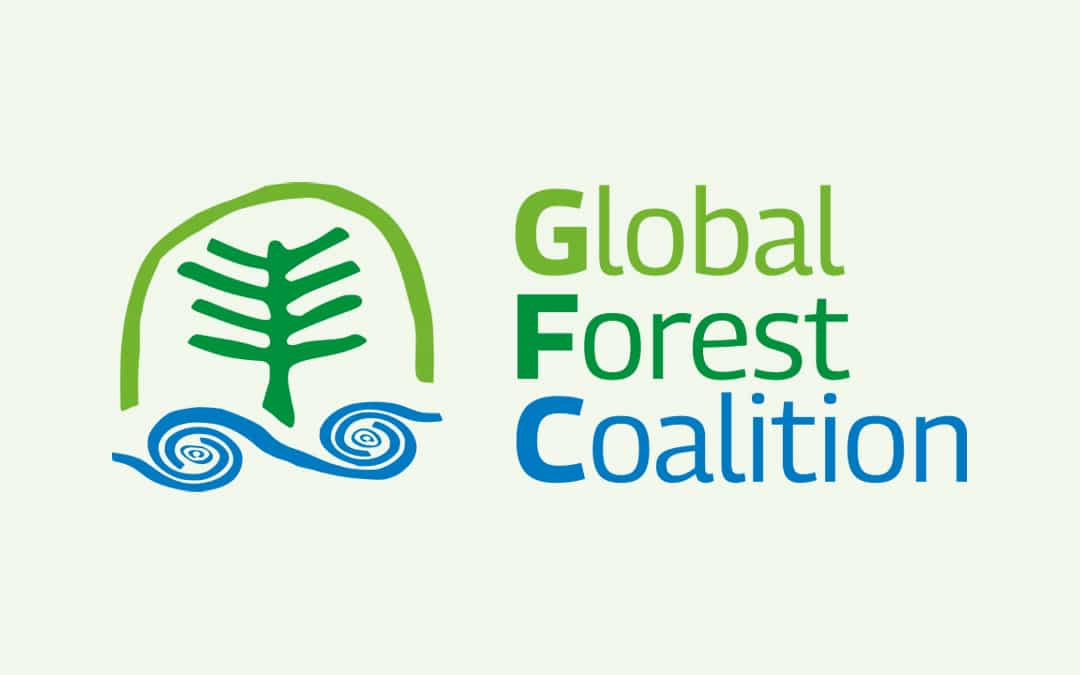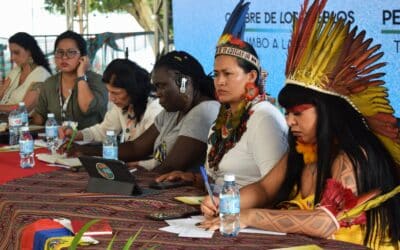
Although the Philippines is no stranger to typhoons, seeing 15-20 typhoons a year, the scale of these recent super typhoons hitting the country has inflicted damage never before seen. Scientists have been making these warnings for several years now, warmer waters and warmer air temperatures are combining to produce more volatile and extreme weather including super typhoons of record-breaking magnitudes. One would think that with the vivid and horrific reality of massive loss and damage in countries like the Philippines, happening exactly at the same time as representatives of 192 governments come together to discuss actions needed to address the crisis of climate change, that these decision-makers would at least be compelled to take genuine action. Instead, it has been the complete opposite.
From Commitments to Pledges to Contributions: downward spiral of emission cuts
Following an acknowledgement of historical responsibility for the contamination of the planet, 37 industrialized countries (known in UNFCCC parlance as Annex 1 countries) ratified the Kyoto Protocol, legally committing to cut emissions – by at least 5 percent below 1990 levels in the commitment period 2008 to 2012. The Kyoto Protocol however had flexibility mechanisms which allowed Annex 1 countries to “offset” – pay developing countries to plant trees in order for them to maintain their polluting ways, or to trade – buy and sell their polluting credits. These mechanisms have allowed Annex 1 countries to continue or even increase emissions at source.
In 2010 however, as negotiations discussed the second commitment period of the Kyoto Protocol, at the COP16 in Cancun, a new concept proposed from the COP 15 in Copenhagen was agreed to replace the legally binding commitments: pledges. Despite protests from developing countries, the Cancun Agreements, which included these new pledges, were adopted. Pledges would be voluntary and would endeavor to keep the warming of the planet to stay below 2 degrees Celsius. Best efforts would be made to not burn the planet.
At COP17 in Durban, the following year, even more historic changes were made, breaking from the original principles of the Rio Conventions. The Durban Platform stated that the new agreement would be “applicable to all,” which would begin to undermine the principle of common but differentiated responsibility to escape the historical responsibility of developed countries.
Then COP19 in Warsaw, Poland, introduced an even weaker concept replaced pledges: contributions. Technically named Intended Nationally Determined Contributions, this allows countries to decide for themselves, what they think they can contribute to keep to the global target. It didn’t seem possible but they found a way to commit even less.
Today, at the COP20, it is clear beyond any doubt, that the historically responsible emitters are not interested in making any emissions cuts, nor the big developing countries well on their way to competing with the industrialized countries in polluting the planet. The options laid on the table for the post 2020-agreement, are even weaker than what was “pledged” in Cancun and Copenhagen. There also seems to be attempts to change the baseline to 2010 levels instead of 1990 levels, meaning that countries will probably even increase their emissions. Furthermore, with no clear legally binding mechanism to ensure that countries contributions are actually meeting the global goal. Worse, there are even more market mechanisms proposed in addition to those that are already under the Kyoto Protocol. Amongst the proposals include more carbon markets, including in forests and possibly even agriculture, and subnational, national and regional emissions trading schemes.
Science is very clear: to limit the increase of the temperature to 1.5ºC – global emissions should be less than 38 Gt of CO2e by 2020 (44 Gt of CO2e for 2ºC) – this means legally binding cuts – not pledges or contributions – with no carbon markets. At current business as usual rates, we will reach global emissions of 57 Gt of CO2e by 2020. Simply put, the current trajectory of the climate negotiations mean that we will not make enough cuts in emissions before 2020 to ensure that we will stay on the path of keeping within the limit of the 1.5 degree centigrade ceiling. The feedback mechanism of the climate guarantees that if this decade is lost, that there will be no going back from climate chaos.
Unfulfilled promises of Finance
Following the principle of historic responsibility, developed countries should be providing finance to developing countries for adaptation and mitigation. In Cancun, long-term finance was promised along with the mechanism of the Green Climate Fund. The promise was 100 billion USD every year by 2020. That may sound like a big number but when compared to what is needed, it is meager. The UN Department of Economic and Social Affairs’ 2009 UN World Economic and Social Survey estimated that 500-600 Billion USD is what is needed every year by developing countries to adapt and mitigate climate change.
The original demand of the developing countries before Copenhagen was that climate finance should be at least 1.5% of Annex 1 countries’ GDP by 2020. Looking at 2009 numbers, this amount comes out to 1.5% of 39,881 billion USD, which comes out to 598 billion USD. This is small change compared to what is spent for financial speculators and wars. According to the Stockholm International Peace Research Institute’s Military Expenditure Database, the US government spent 661 billion USD in 2009 and 616 billion USD in 2008. The US government itself has spent trillions of USD in bailing out Wall Street, the speculators and the banks.
The concept as well of “climate debt” and hence the historical responsibility to pay this debt owed to developing countries, has been completely lost. Instead, promises remain largely unfulfilled. In Lima, celebratory announcements were made of the supposedly groundbreaking achievement that they have reached a meager 10 billion USD out of the 100 billion USD originally promised.
To reclaim the future, we need to change the present
The urgency of the climate crisis, blatantly ignored by the climate negotiations, is lived daily by social movements, indigenous peoples, and communities all living on the frontlines of climate change. In the streets of Lima, during the COP20, at least 20,000 people marched for Mother Earth, calling for a change in the system, not the climate.
It is the adherence to the capitalist system and the perpetuation of corporate profits after all that drives the climate negotiations – which are promoting false solutions such as REDD (Reduction from Emissions from Deforestation and Forest Degradation), Climate Smart Agriculture, and other market based mechanisms to carbon markets to techno-fixes such as geo-engineering, carbon capture and storage, industrial bio-energy and others that do further harm to the planet. One of the most crucial steps to real and deep emission cuts is to leave more than 80 percent of fossil fuels in the ground, but with the corporate capture of the negotiations by the oil and energy industry, there will never be a break from business as usual. The seeming insensitivity of the COPs to very real devastation experienced firsthand by countries like the Philippines, is intentional as governments prioritize big business over affected communities.
We need to break from the current system of over-exploitation, over-consumption, over-production and extractivism and in its place, let flourish the many different solutions, existing methods and systemic alternatives of peasants, indigenous peoples, women, and communities such as food sovereignty, buen vivir, agroecology, community conservation, deglobalization, rights of nature, and many others.
Changing the system is our only hope to reclaim our future.
Mary Louise Malig, a trade policy analyst, is Research Associate and Campaigns Coordinator of the Global Forest Coalition.




